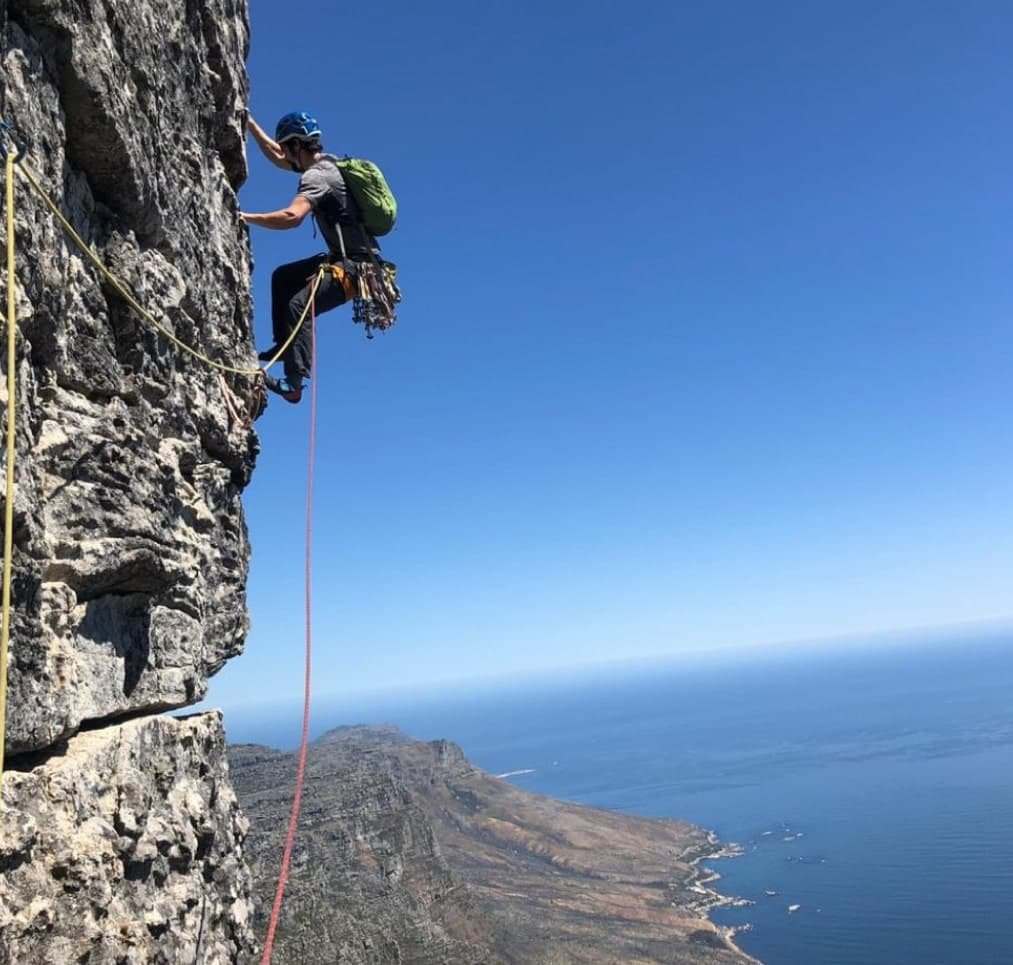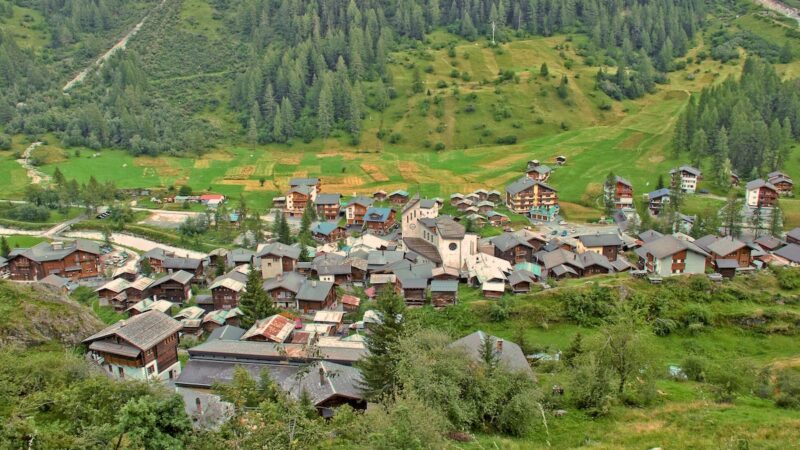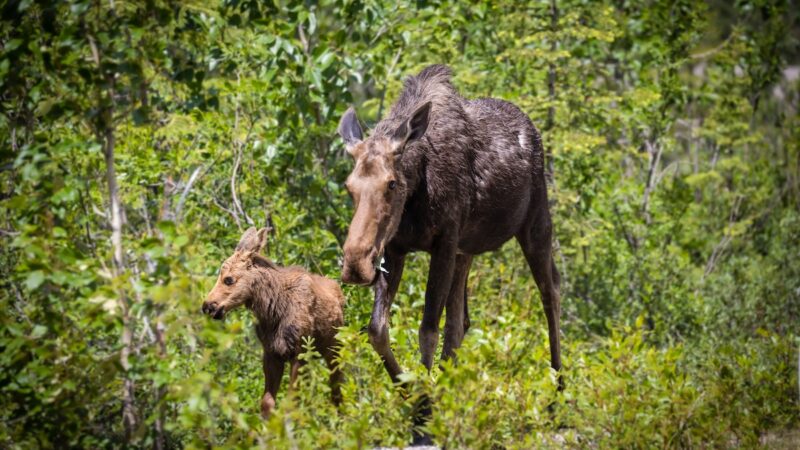Q&A: Dr. Jared Vagy On How Climbing Affects Your Muscles
It can be easy to injure yourself while climbing if you push too hard or don’t work on building strength in muscles that are crucial to the moves you’re making. To hone in on exactly which muscles climbers should be paying attention to most, we asked a doctor.
Dr. Jared Vagy, author of Climb Injury-Free, is an expert in treating and preventing climbing injuries. Vagy is a doctor of physical therapy and an assistant professor at the University of Southern California, and an avid climber. Climbers often see him to address injuries or to learn how to prevent them. We asked him for a rundown of which muscles work the hardest on the wall, and what you can do to keep yourself safe while you do what you love.
Q: What does it mean to be in good climbing shape?
A: First and foremost, movement technique is important. Climbing is a skill sport, and you can have the strongest fingers, the most stable shoulder girdle, and the most flexible hips, but if you aren’t climbing with efficient movement patterns on the wall, at some point you are likely going to get hurt.
Aside from movement technique, it’s important as a climber to have strong muscles, tendons, and ligaments in the fingers, because that’s what you use to grip onto rock holds. The more conditioned the finger flexors are (flexor digitorum superficialis and flexor digitorum profundus), the easier it is to grip onto small holds. Climbers’ finger joints and ligaments adapt over time in a way that makes them even more resilient.
A: Other important climbing muscles include the wrist extensors—extensor carpi radialis longus, extensor carpi radialis brevis, and extensor carpi ulnaris. The stronger these muscles are, the more stable the wrist is while gripping. They serve as a strong foundation to stabilize the wrist when the fingers are gripping on difficult holds. In addition, strength-wise, the shoulder girdle, the scapular muscles—middle trapezius and lower trapezius—are quite important, as well as the latissimus dorsi. Middle trapezius and lower trapezius anchor the shoulder blade and keep it more stable while climbing. Latissimus dorsi helps extend the humerus or pull the arm back, and coordinates with the biceps brachii and brachialis muscles. The lats and the biceps are very active during climbing, especially during lock-off positioning. These are all muscles that need quite a bit of performance.

Dr. Vagy working his extensor carpi radialis longus, extensor carpi radialis brevis, and more. Credit: theclimbingdoctor.com
Q: What other muscles are important for climbing?
Don’t forget flexor hallucis longus, the big toe flexor. Especially when you’re using an inside edge during climbing, it’s quite important to stabilize the foot when climbing.
The core muscles also help you connect the strength from your fingers gripping hand holds with the stability from your feet balancing on foot holds.
Q: Aside from strength, where do we need the most flexibility?
A: Flexibility in the hips has been linked to climbing performance. The ability to have mobility in your hip joint itself and also flexibility in the gluteal muscles, most notably gluteus maximus, allows high steps. It’s also important to be able to stem laterally, and the adductors at the hip, adductor longus, adductor brevis, adductor magnus, and gracilis, are quite important for getting into that stemming position.
In the lower body, to be able to rock up over volumes or perform well on slab terrain, it’s important to have adequate range of motion in the foot and ankle. The ability to bend the ankle back into dorsiflexion is quite helpful for more technical climbs.
Q: Where do people get injured most frequently?
A: The most common rock climbing injuries (over 40 percent) occur in the fingers. Pulley injuries, tenosynovitis, and capsulitis are the most common finger injuries in climbers. A lot of climbers may think they have a pulley injury, but if they don’t hear a pop, they have pain along their finger rather than in a specific part, and the pain comes on gradually over a few weeks of climbing, it’s usually flexor tenosynovitis, which is an inflammation of the tendon sheath. Capsulitis is inflammation of the joint capsule and occurs commonly from repetitive crimping.
Q: How can we prevent muscle injuries while climbing?
A: Most climbing injuries, I feel, can be prevented with load management, listening to the body, and being mindful of movement. In addition to those factors, I think having a flexibility and strength program to address individual deficits can help take stress off of tissues in the body that may become overwhelmed.
For example, if the climber knows that they have stiff hips, a hip flexibility program performed routinely with high step positions and flagging positions can actually take stress off their upper body when they climb, because they can get into more challenging positions with their hips and not have to pull much with their arms.
If a climber has shoulder girdle strength deficits—for example, if their shoulder blades shrug up every time they pull down or they have trouble holding a lock off position or a bent arm hang position—then it’s important to make those tissues more resilient through shoulder girdle strengthening. This can take some stress off of the hands and fingers, because they will no longer have to overgrip on holds. They will relax a little bit more and rely on some of the strength in their shoulder girdle.
For more on Dr. Vagy’s work, visit theclimbingdoctor.com. What advice helped you most? Tell us in the comments.
Source: https://outdoors.com/how-climbing-affects-your-muscles/






